Essential Tips For Choosing Exterior House Paint
Choose the perfect weather-resistant house paint from trendy color combos. Not all paints are equal; find what works best for your home.
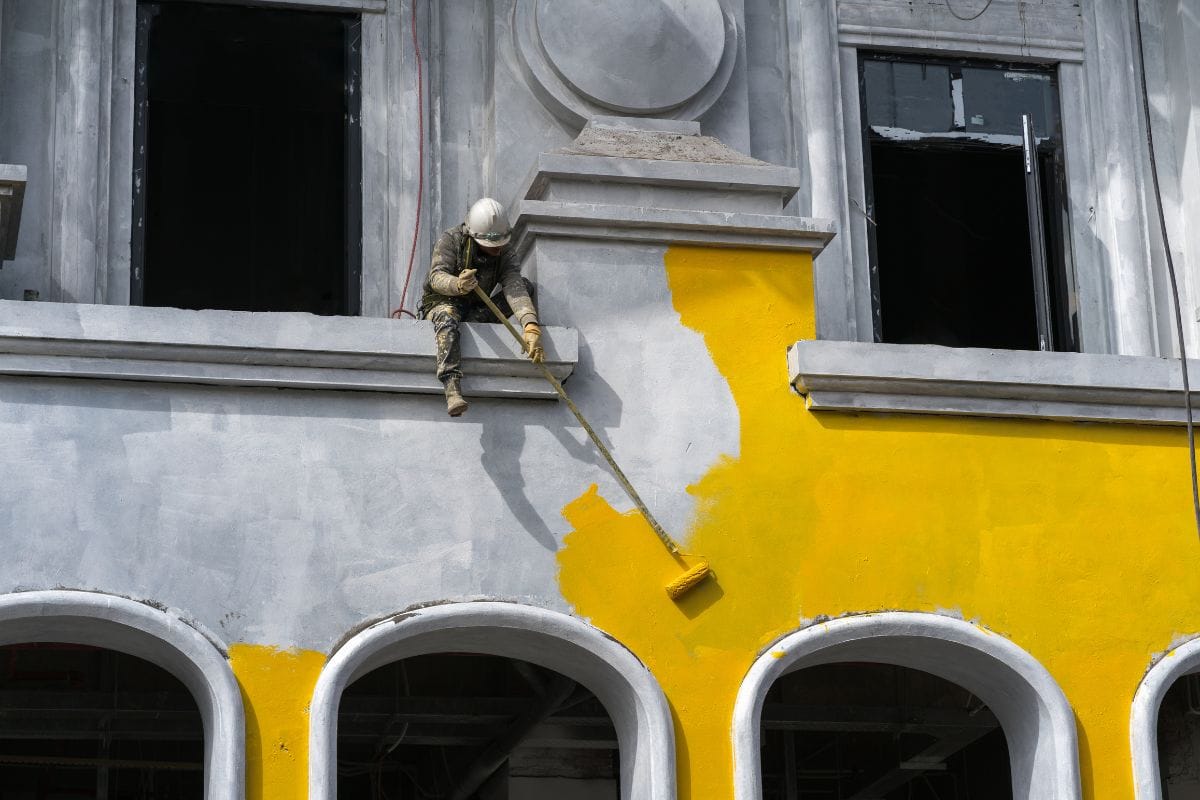
Rocking the natural stone or brick look is one way to go with your exterior design but some beautiful weather-resistant house paint in a color of your choosing is beyond compare. Painted homes are back on trend with some unusual stylish color combinations but every type of house paint is not made equal. Here is what to look for when you are trying to decide the house paint that is best for you.
A Long-Term Decision
A pointer that many new homeowners forget about is that changing one’s external paint color is very difficult and for most people may only happen as part of a remodel (or once in 20 years). It can be tempting to choose turquoise or any other trendy color palette but if it goes badly out of style a few years from now, you’ll most likely be stuck with it.
Any designer will tell you that it is always better to opt for a subtle synergy with neighboring houses or the general vibe of the neighborhood you live in. Paint is such a substantial part of the exterior vibe that it is most likely not where you want to be at your most experimental.
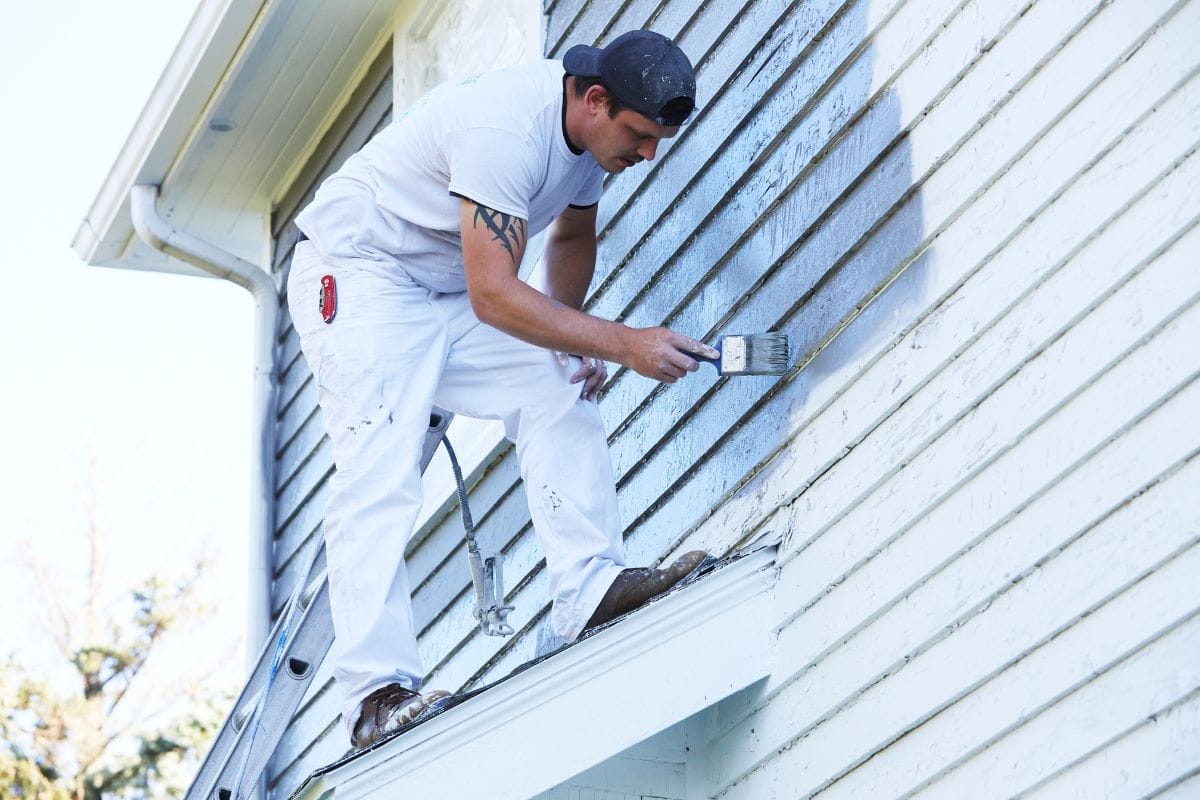
Always look around if you live in a certain historic neighborhood or are near special sites as making a house or opting for a house paint color that is the complete opposite of that architectural style could make your home stand out in a bad way. Research the dominant color scheme for your style of house such as vintage or townhouse or farmhouse chic. A color wheel can come in handy if you are at a loss as to what color to choose.
Samples And Testing
Most house paint brands will give you a sample of the color and the type of paint you want if you visit a brick-and-mortar outlet or inquire online. Applying the sample and rigorously testing it can enable you to make a choice you will be happy with about a decade from now.
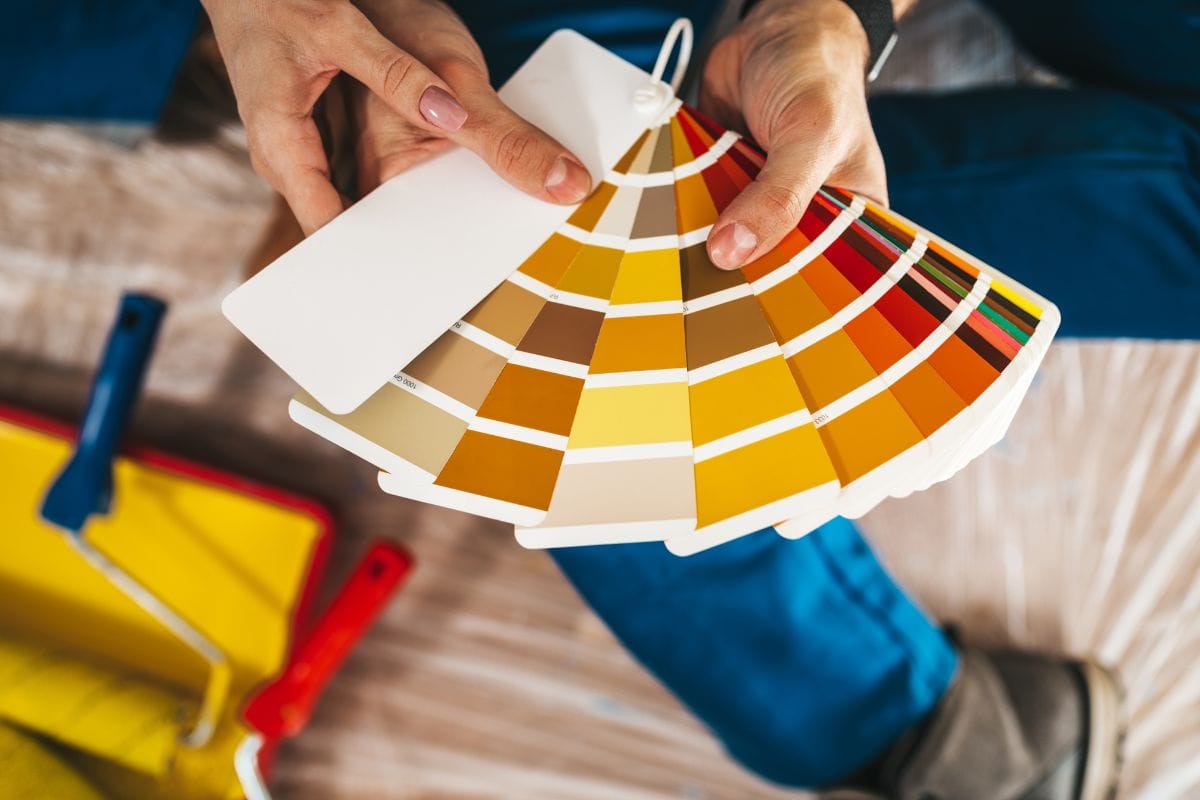
Testing out samples also helps you understand the true color upon application and the undertones present in different color shades. The undertone can become apparent after moisture accumulation or if a layer has been eroded over time. Remember that no matter how dustproof and waterproof your paint is, it will still lose a layer or two as the years go by.
Climate And Colors
climate effect on exterior walls
External house paint needs to perform according to the climate that the house is situated in. When sampling or purchasing from any brand, make a point of checking the kind of weather resistance it can offer especially if you live in a very cold climate such as where snow and frost are regulars. The vibrancy of the color needs to sustain itself as should the emulsion itself. Just like semi or full plastic emulsions are easy to clean indoors, latex exterior house paint can be invaluable for easy cleaning especially if rain and other elements are always in play.
There are many different types of exterior house paint and choosing them depends entirely on their purpose, finish, and longevity. Acrylic is a good choice for drywall, or wood and aluminum framing, latex is a cost-effective alternative to acrylic that does well in both warm and cold temperatures. Oil-based exterior paint generally gives off a lot of fumes so avoid it if you are asthmatic but it can provide a beautiful and artistic finish.
The Paint Finish
If you have chosen the exterior paints and their contrasting color scheme and checked the undertone, you need to consider the finish of the paint. The paint finish makes a lot of difference to the overall aesthetics of the house. Matte or flat finishes do not reflect much light and they can add a stylish hue and really emphasize a darker color of exterior paint.
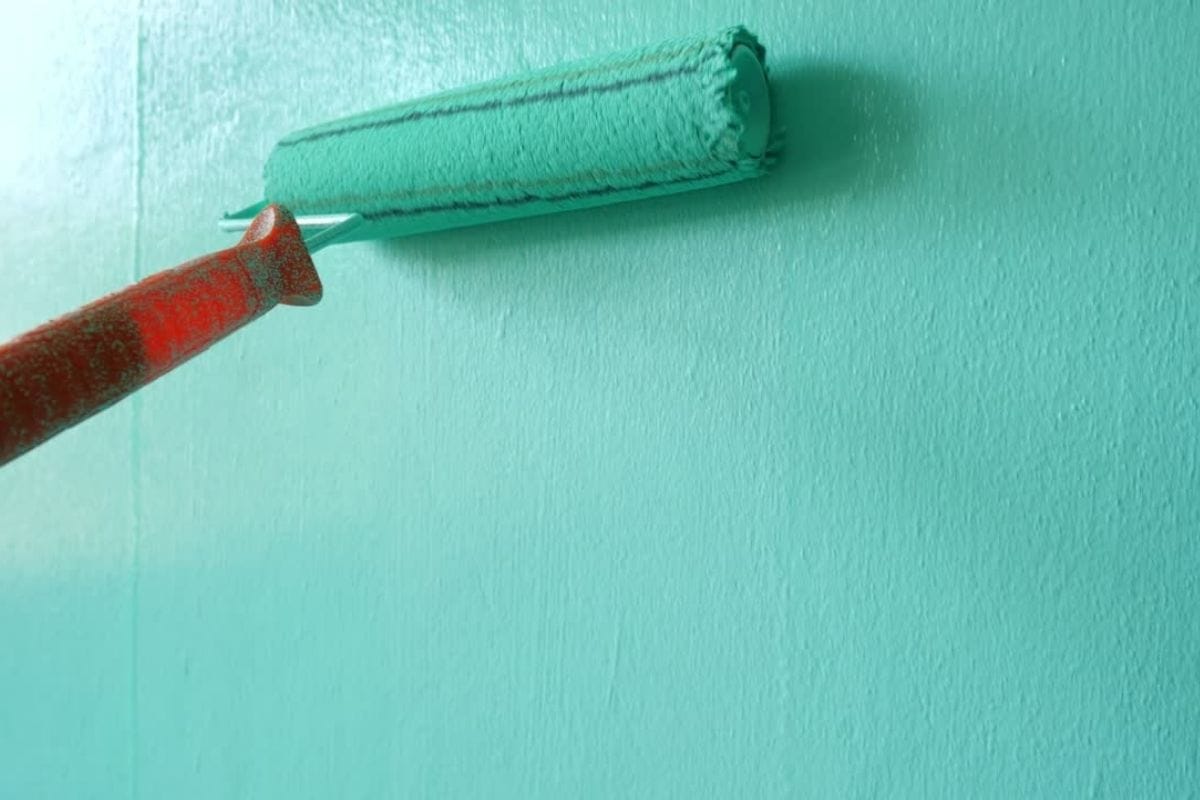
Houses that are painted black, grey, or dark green could benefit from matte finishes and lighter colors can look beautiful with satin and glossy finishes. Glossy or semi-gloss finishes are typically very resilient and can look smooth and mark-free even after rain and other weather conditions but high gloss can show off any imperfections that exist in the surface.
The Right Time To Paint
The longevity and beauty of the exterior paint do depend on the weather you choose to do most of the painting in and if you want to cut down your exterior house painting cost then always choose the right season. As any expert house painter will tell you, winter is typically the worst time to paint as the dry won’t dry on time or will dry improperly due to moisture, frost, or rain. Summer is the best time to paint as the natural rays of the sun will dry the paint beautifully although be wary of overly humid temperatures as that can cause materials such as wood to expand, again making the paint job uneven.
To avoid having to do multiple retouches, make sure you apply equal coats of paint in one go within the span of two days. This will also affect the end result and will help make it even and smooth. For darker and richer colors you may want to apply multiple layers of paint to really build up the color to its maximum potency.
For lighter and more pastel shades you can do with less coats as long as you have properly prepped the outside wall with primer to smooth out ridges and also sanded it down for a more even canvas. You may be tempted to have a go at the exterior walls of your house but professionals can do a better job due to equipment and experience so leave the DIY painting for interior murals.
How The Light Falls
A factor that most homeowners may miss is the impact of natural light on the exterior house paint. Different sides of the house will be illuminated at different times of the day so you can choose contrasting colors and accents depending on how the light shifts. If you do not get a ton of natural light, that should be considered when you choose a paint color.


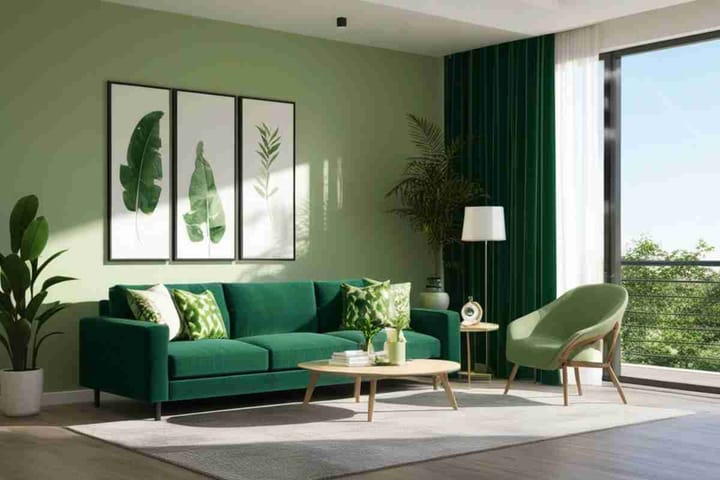

Comments ()